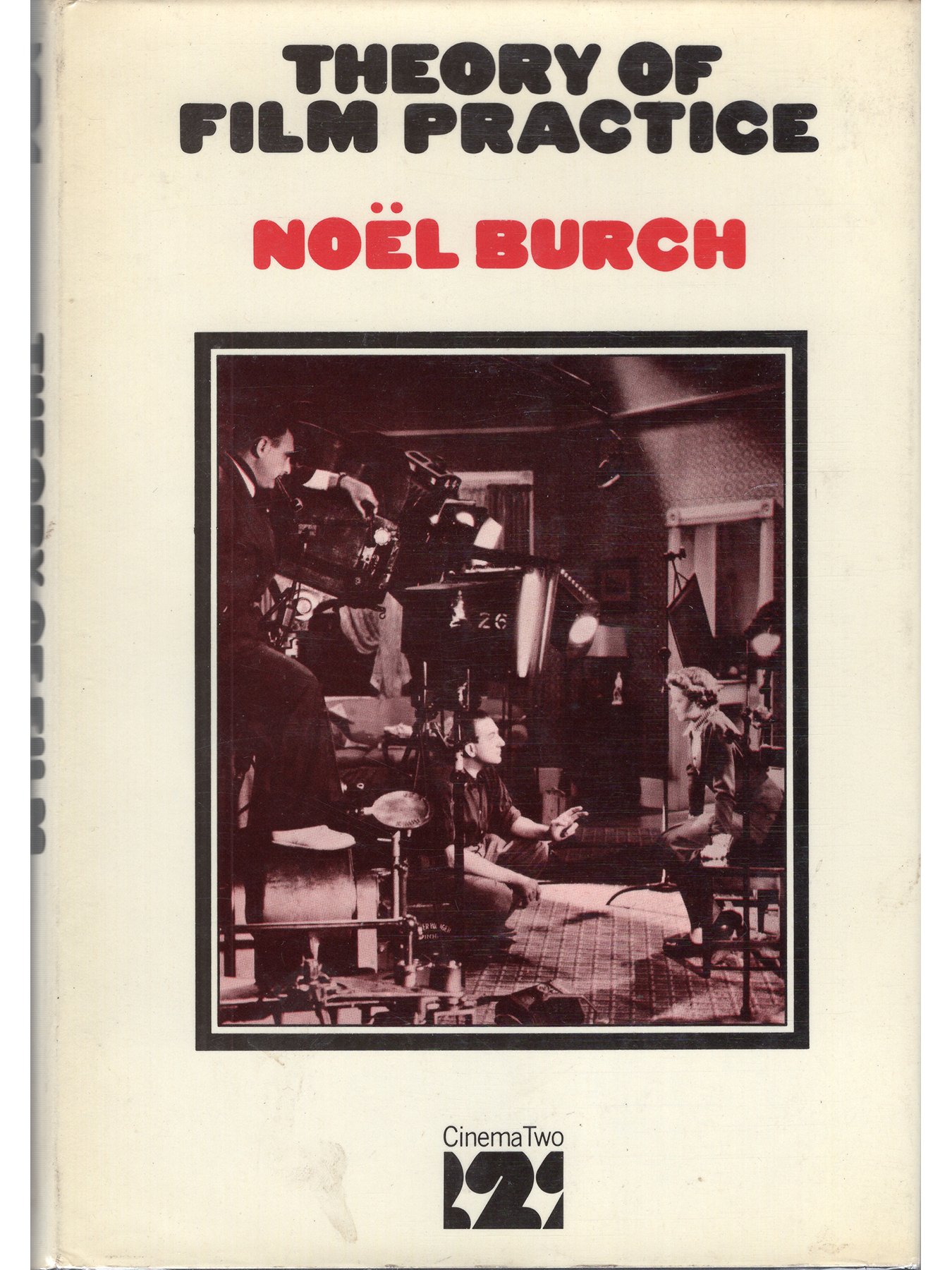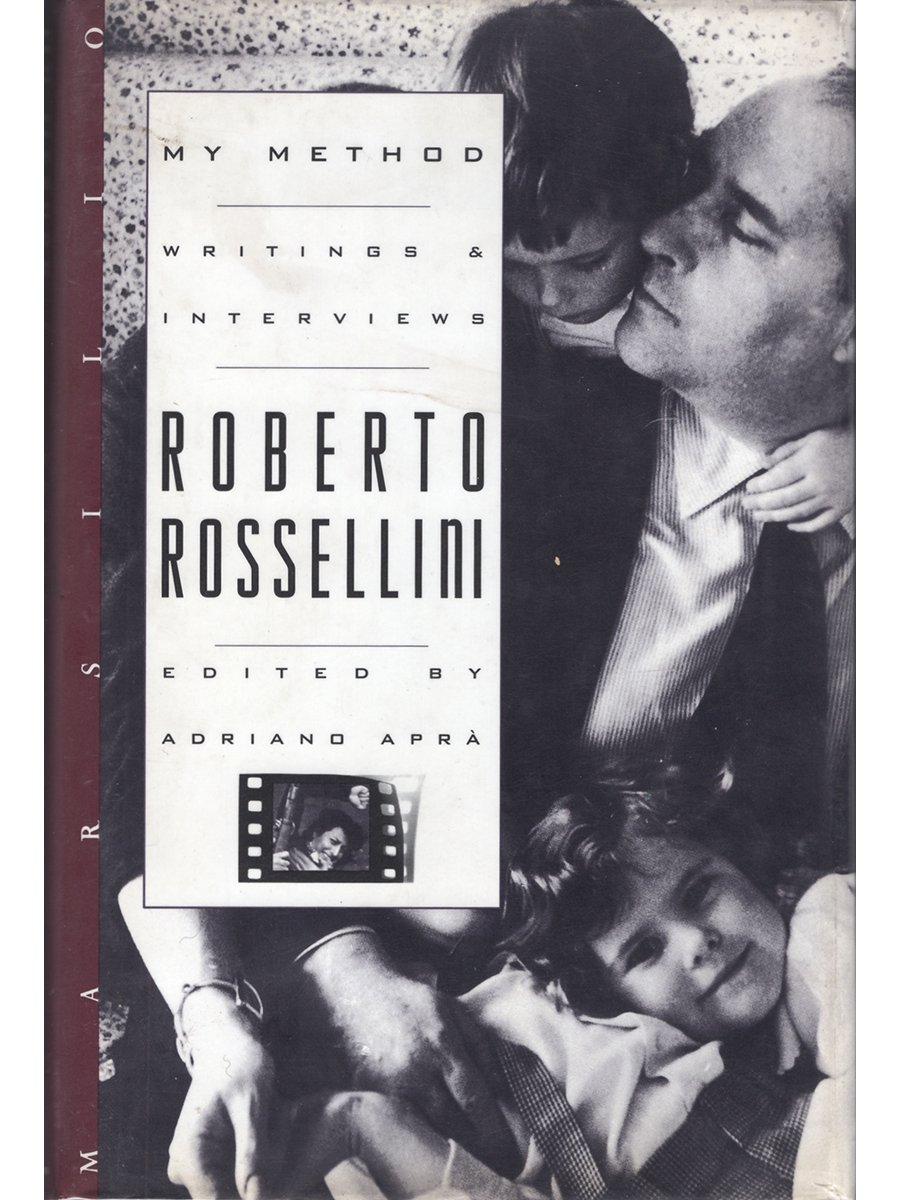Directed by Dorothy Arzner by Judith Mayne (First softcover edition)
Published by Indiana University Press, 1994
Softcover
First softcover printing
209 pages
9.5x6.5 inches
Near Fine condition.
Dorothy Arzner was the exception in Hollywood film history―the one woman who succeeded as a director, in a career that spanned three decades. In Part One, Dorothy Arzner's film career―her work as a film editor to her directorial debut, to her departure from Hollywood in 1943―is documented, with particular attention to Arzner's roles as "star-maker" and "woman's director." In Part Two, Mayne analyzes a number of Arzner's films and discusses how feminist preoccupations shape them, from the women's communities central to Dance, Girl, Dance and The Wild Party to critiques of the heterosexual couple in Christopher Strong and Craig's Wife. Part Three treats Arzner's lesbianism and the role that desire between women played in her career, her life, and her films.
Published by Indiana University Press, 1994
Softcover
First softcover printing
209 pages
9.5x6.5 inches
Near Fine condition.
Dorothy Arzner was the exception in Hollywood film history―the one woman who succeeded as a director, in a career that spanned three decades. In Part One, Dorothy Arzner's film career―her work as a film editor to her directorial debut, to her departure from Hollywood in 1943―is documented, with particular attention to Arzner's roles as "star-maker" and "woman's director." In Part Two, Mayne analyzes a number of Arzner's films and discusses how feminist preoccupations shape them, from the women's communities central to Dance, Girl, Dance and The Wild Party to critiques of the heterosexual couple in Christopher Strong and Craig's Wife. Part Three treats Arzner's lesbianism and the role that desire between women played in her career, her life, and her films.
Published by Indiana University Press, 1994
Softcover
First softcover printing
209 pages
9.5x6.5 inches
Near Fine condition.
Dorothy Arzner was the exception in Hollywood film history―the one woman who succeeded as a director, in a career that spanned three decades. In Part One, Dorothy Arzner's film career―her work as a film editor to her directorial debut, to her departure from Hollywood in 1943―is documented, with particular attention to Arzner's roles as "star-maker" and "woman's director." In Part Two, Mayne analyzes a number of Arzner's films and discusses how feminist preoccupations shape them, from the women's communities central to Dance, Girl, Dance and The Wild Party to critiques of the heterosexual couple in Christopher Strong and Craig's Wife. Part Three treats Arzner's lesbianism and the role that desire between women played in her career, her life, and her films.






